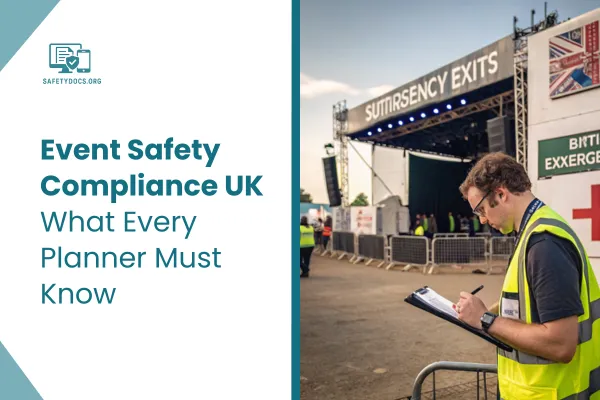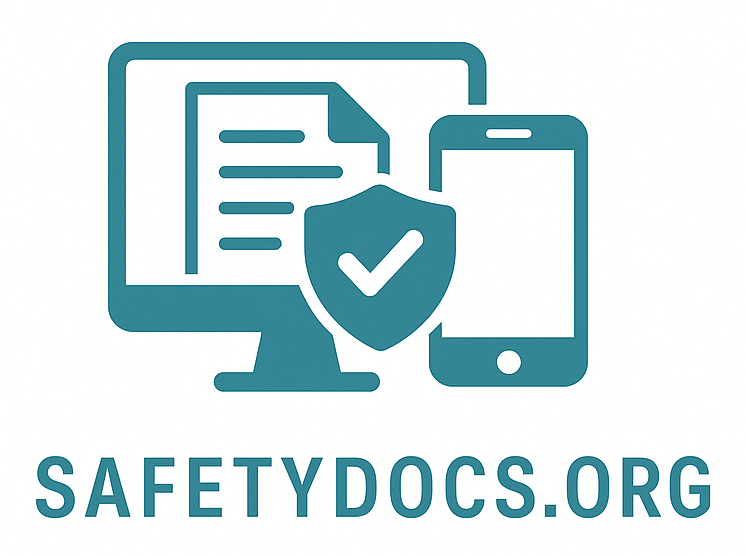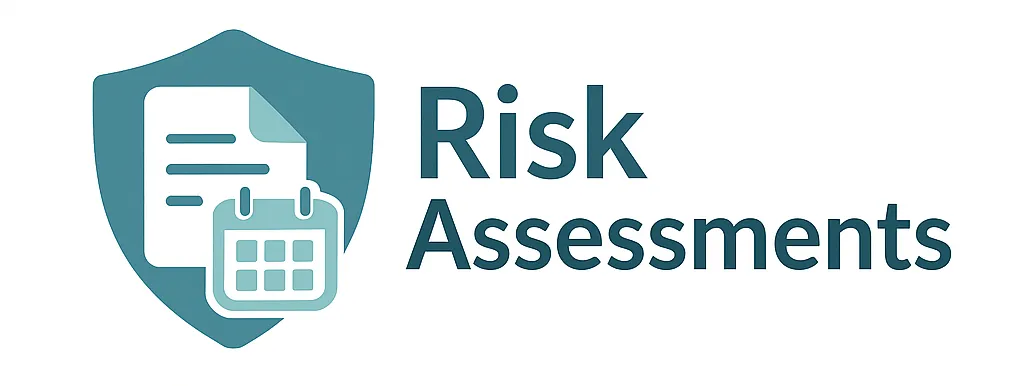
Event Safety Compliance UK: Complete Planning Guide
Event Safety Compliance UK: What Every Planner Must Know
Organising events requires much more than coordinating vendors, booking venues, or arranging entertainment. One of the most important elements that must never be overlooked is event safety compliance in the UK. It involves a comprehensive set of legal, practical, and ethical responsibilities designed to ensure the safety of attendees, staff, and suppliers.
The UK has clear laws and expectations when it comes to public safety at events. These regulations apply across the board—from small private gatherings to large-scale public festivals. Whether you are planning a wedding, community fair, corporate launch, or music festival, following safety standards isn’t optional. It’s mandatory. And more importantly, it’s what keeps your event running smoothly without exposing you to legal and financial risks.
Understanding and following event safety compliance can seem overwhelming at first, but it becomes manageable with a clear roadmap. This guide simplifies the key principles and practical steps needed to meet safety standards in the UK, so you can focus on creating memorable experiences without stress.
The Legal Foundation of Event Safety in the UK
The Health and Safety at Work etc. The 1974 Act is the cornerstone of safety legislation in the UK. It places a general duty on employers—and by extension, event organisers—to ensure the health, safety, and welfare of all those affected by their operations.
This includes not only employees or contractors but also members of the public who attend the event.
Additional laws that affect event safety compliance UK include:
The Management of Health and Safety at Work Regulations 1999
Regulatory Reform (Fire Safety) Order 2005
Licensing Act 2003
Food Safety Act 1990 (if food and drinks are served)
Organisers may also need to cooperate with the local Safety Advisory Group (SAG), which is made up of representatives from the police, fire service, ambulance service, and the local council. SAGs evaluate plans and provide recommendations to ensure the event is safe and suitable for the public.
Risk Assessments: Your Starting Point
A proper risk assessment is the backbone of any event safety strategy. It allows you to identify potential hazards, evaluate the likelihood and severity of harm, and take action to reduce the risks.
This process should cover every aspect of the event, including:
Venue layout
Equipment setup
Power sources
Weather conditions
Crowd behaviour
Fire risks
Temporary structures like stages or tents
Transportation and access routes
The assessment must be written and regularly reviewed. It should also be shared with staff and contractors so that everyone is aware of their responsibilities.
Safety Documentation You Can’t Skip
Without documentation, it’s almost impossible to demonstrate compliance. The required documents will vary depending on the size and nature of your event, but here are the essentials:
A written risk assessment
Health and safety policy
Fire risk assessment and evacuation plan
First aid arrangements
Staff and volunteer briefing notes
Incident reporting forms
Insurance certificates
Event schedule with responsibilities listed
These documents should be printed, stored digitally, and made available for inspection by authorities. Having clear paperwork shows you take your responsibilities seriously and can speed up approvals from local bodies.
Staff Training and Communication
Safety plans are useless if your team doesn’t understand them. Every person working at your event must be aware of the risks and their role in managing them. This includes stewards, security personnel, volunteers, catering staff, and technicians.
Basic safety training should cover:
Recognising hazards
Responding to emergencies
Evacuation procedures
Crowd control methods
Communication tools and protocols
Radio systems and mobile apps can be useful for real-time communication, but face-to-face briefings before the event begin are also vital.
Assign clear responsibilities. Everyone should know who to report to, where to go in case of an emergency, and how to assist attendees if something goes wrong.
Fire Safety Responsibilities
Fire safety is one of the most serious elements of event safety compliance UK. Organisers are expected to carry out a separate fire risk assessment and ensure that appropriate fire control measures are in place.
This may include:
Fire extinguishers are placed at strategic locations
Marked fire exits.
Avoiding flammable decorations
Training staff on how to use fire equipment
Planning evacuation routes and assembly points
Coordinating with local fire services for larger events
Fire safety laws apply to both indoor and outdoor events. If your event is using marquees, lighting rigs, or cooking equipment, your fire risk will be higher and must be planned for accordingly.
Crowd Management: Keeping People Safe
An often underestimated area of event safety is crowd management. Whether your event hosts 100 or 10,000 people, the risks of injury due to overcrowding, bottlenecks, or panic are real.
Effective crowd management involves:
Understanding venue capacity
Using barriers to guide movement
Planning for surge risks at entrances, exits, and stages
Deploying trained stewards at key points
Having accessible routes for people with disabilities
Monitoring real-time crowd flow and behaviour
Large-scale events often use CCTV and counting systems to maintain safe numbers and react quickly if things change.
Weather-Proofing Outdoor Events
In the UK, even summer events must consider rain, wind, and sudden temperature changes. Safety compliance here means preparing for environmental hazards and protecting people from exposure and structural risks.
Outdoor event planners should:
Secure tents and structures against wind
Have waterproof coverings for electrical gear.
Provide shade or water in extreme heat.
Place non-slip surfaces on the walkway.s
Communicate weather updates to staff and attendees.s
Have a clear plan to pause or cancel the event if needed.
A weather-related incident can quickly lead to injuries or lawsuits, so contingency planning is essential.
Food and Drink Safety
Food vendors are common at events, and so are the risks they bring. Organisers need to ensure that any supplier complies with food hygiene laws and has an up-to-date food hygiene rating.
Requirements include:
Handwashing stations
Temperature control for hot and cold food
Allergy awareness and clear labelling
Waste management and cleanliness
Food safety certificates for all handlers
You may be held responsible if a vendor causes food poisoning or fails to inform a guest about allergens.
Licensing and Permits
Many aspects of an event require official licenses. Failure to obtain them can result in last-minute cancellations or fines.
You may need a license if your event includes:
Live or recorded music
The sale of alcohol
Street closures
Fireworks or pyrotechnics
The use of drones
Gambling or raffles
Licensing is typically handled by your local council. Applications often need to be submitted weeks or even months in advance, so don’t delay.
Medical Provisions
First aid is a non-negotiable part of any compliant event. What you need depends on the size and nature of your gathering.
At a minimum, you should:
Have trained first-aiders on-site
Provide a quiet, accessible first-aid area.
Keep a stocked first aid kit.
Display emergency contact numbers.
Partner with a medical response team for larger crowds
Some events may require a full ambulance on-site. Always consult medical professionals when deciding what level of support is appropriate.
Incident Reporting and Learning
Even with the best planning, incidents can happen. What matters is how you respond and whether you learn from it.
Have a system in place for:
Recording all accidents, injuries, and near-misses
Investigating causes quickly and fairly
Updating your risk assessments and safety protocols
Communicating findings to your team
Reporting serious issues to the HSE if required
Learning from small issues can prevent bigger problems in the future.
FAQs
1. What is the first step in making an event safe?
Start with a risk assessment to identify hazards and decide how to manage them effectively.
2. Do small private events need safety planning?
Yes, even small events require safety measures to protect guests and comply with local rules.
3. Are fire extinguishers required at outdoor events?
Yes, especially if cooking equipment, stages, or electrical systems are being used.
4. Who is responsible for food safety at events?
The event organiser must ensure all vendors follow hygiene laws and display valid certificates.
5. How early should I apply for event permits?
Permit applications should be submitted several weeks or months in advance to avoid delays.
Conclusion
When planning any gathering, whether small or large, event safety compliance UK must always be at the heart of your strategy. Safety isn’t something that happens behind the scenes—it’s visible in how your event feels, flows, and finishes. It protects lives, avoids costly legal issues, and reassures everyone involved that they are in safe hands.
The laws and expectations in the UK are there for good reason. Ignoring them is not only dangerous but also short-sighted. If you're unsure where to begin, seek advice from your local council, safety advisory group, or a health and safety professional. They can help you take the right steps without delay.
A safe event is a successful event. Start strong by planning with safety in mind and finish with confidence knowing you've met the highest standards.
Need professional guidance for your next event?
Contact us today to ensure your event is not just successful, but safe and compliant.

